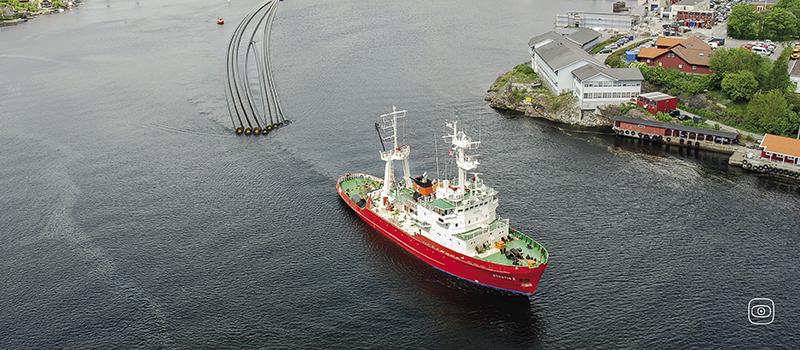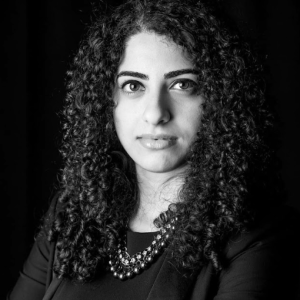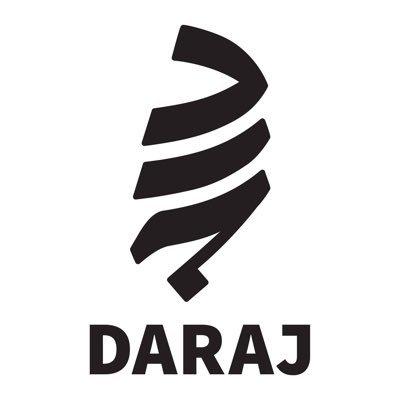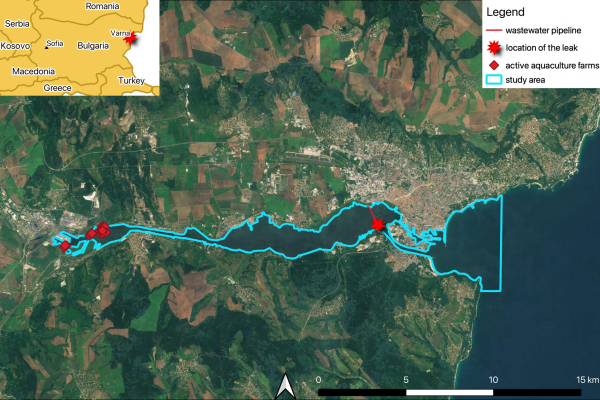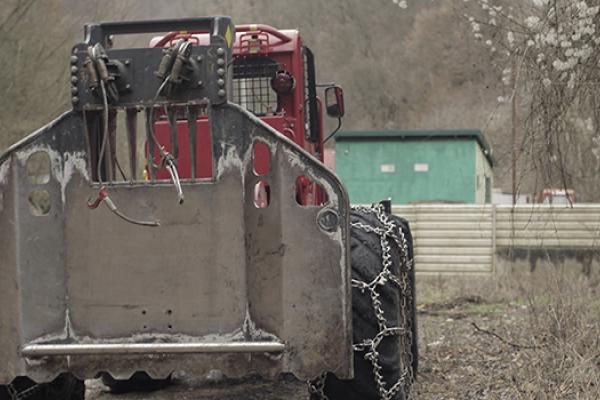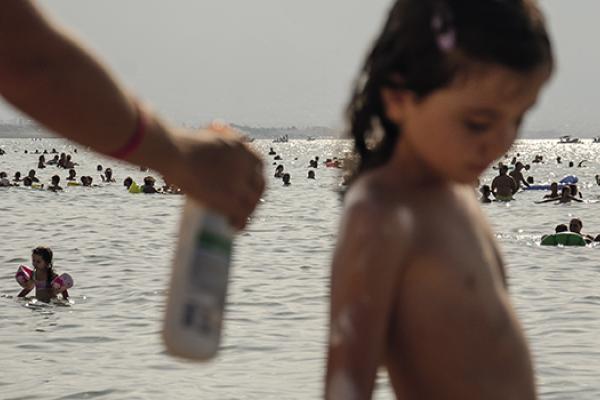Just a few meters away from the bustling vegetable market in Tripoli lies the sprawling wastewater treatment facility – the largest in Lebanon and one of the largest on the Mediterranean coast. With around 120 million euros invested and twenty years after commencing the work and its subsequent completion, this facility continues to operate at a minimum level, due to a shortage of wastewater inflow, and incomplete connections. The Tripoli facility safeguards the shoreline but fails to safeguard the sea, which does not fulfill either the EU’s or the Lebanese aspirations.
The ambitious projects, funded by the loan from the European Investment Bank (EIB), aimed to improve the lives and sanitation services of nearly one million Tripoli residents by introducing an advanced wastewater treatment facility. This facility was expected to significantly reduce water pollution in Northern Lebanon. However, two decades later, the project remains far from realising its intended objectives, marked by numerous stumbling blocks including the outbreak of the financial and political crisis in Lebanon in October 2019, and the involvement of questionable contractors.
